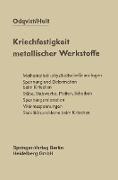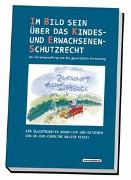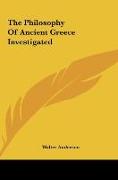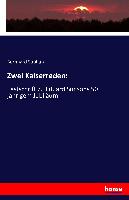Kriechfestigkeit metallischer Werkstoffe
BücherAngebote / Angebote:
. . . . . . . . . . 23 4. 2 Mehrachsige Zustände. Invariantentheorie . . . . . . . . . . . . . . . . . . . 28 4. 3 Vergleich mit der klassischen Plastizitätstheorie . . . . . . . . . . . . . . 35 4. 4 Experimentelle Tatsachen . . . . . . . . . . . . . . . . . . . . . . . . . . . . . . . . . 38 Tl. Mathematische Hilfsmittel. . . . . . . . . . . . . . . . . . . . . . . . . . . . . . . . . . . . 43 5. 1 Grundgleichungen . . . . . . . . . . . . . . . . . . . . . . . . . . . . . . . . . . . . . . . . 43 5. 2 HOFFS Analogie . . . . . . . . . . . . . . . . . . . . . . . . . . . . . . . . . . . . . . . . . 47 5. 3 Variationsmethoden . . . . . . . . . . . . . . . . . . . . . . . . . . . . . . . . . . . . . . 48 6. Prüfungsverfahren . . . . . . . . . . . . . . . . . . . . . . . . . . . . . . . . . . . . . . . . . . . fil 6. 1 Prüfmaschinen und Meßeinrichtungen. . . . . . . . . . . . . . . . . . . . . . . :'52 6. 2 Fehlerquellen und Meßgenauigkeiten . . . . . . . . . . . . . . . . . . . . . . . . 56 TI. ~pannung und Deformation bei stationärem Kriechen. . . 71 7. Fachwerke. . . . . . . . . . . . . . . . . . . . . . . . . . . . . . . . . . . . . . . . . . . . . . . . . . 72 8. Biegung gerader Stäbe. . . . . . . . . . . . . . . . . . . . . . . . . . . . . . . . . . . . . . . 80 8. 1 ~pannungszustand. . . . . . . . . . . . . . . . . . . . . . . . . . . . . . . . . . . . . . . . 85 8. 2 Formänderungszustand . . . . . . . . . . . . . . . . . . . . . . . . . . . . . . . . . . . . 90 9. Biegung gekrümmter Stäbe. . . . . . . . . . . . . . . . . . . . . . . . . . . . . . . . . . .
Folgt in ca. 5 Arbeitstagen




